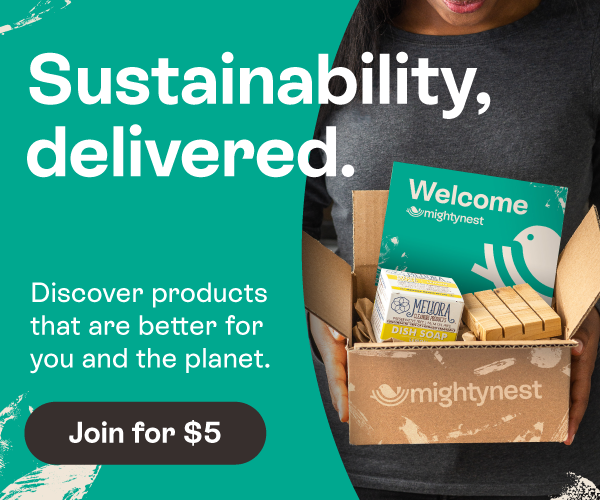
Did you send your child off to school or daycare this morning with a packed lunch? If so, you probably took the time to make sure that what you prepared and included in the lunchbox was nutritional and fresh - a healthy lunch fit for your growing child. But did you know that just 4 hours later - when your child is ready to sit down in the cafeteria - the lunch you prepared may no longer be fresh and just might leave your child susceptible to foodborne illness? (yikes!)
Researchers at the University of Texas Department of Nutritional Sciences conducted a study which found that over 90% of the food parents packed in their children's lunches wasn't being kept at a safe temperature - meaning below 39.2°F or above 140°F. As part of this study, the surface temperature of 1,361 perishable food items was tested for safety and the results were pretty startling. Just 22 items (1.6%) were in the safe temperature range.
Symptoms of foodborne illness can appear right away, but may also show up several days after ingesting contaminated food. While the symptoms can vary greatly in severity, children are especially at risk of developing complications related to foodborne illness. Symptoms include, but are not limited to, diarrhea, vomiting, fatigue, fever, jaundice, muscle aches, chills, loss of balance and confusion.
Here's some of our suggestions for keeping things cool:
- Eliminate the paper lunch sack and replace it with a high quality, PVC-free insulated lunch bag. Not only is an insulated lunch bag more environmentally friendly, but it is sturdier and does a far better job keeping the food at a safe temperature.
- Make sure to include a frozen (not just cold) ice pack in your child's lunch bag and place the perishable items against the pack.
- Fill your child's water bottle the night before and place it in the freezer (or fridge if it not freezer-safe). The next morning, pack it in with the food. This will provide some additional cooling and the water will be nice and cold at lunch. It's important though to remember that a cold water bottle of frozen juice box is not a substitute for an ice pack.
- If you pack any of your children's perishables in stainless steel, try storing those containers in the freezer. This way, you won't be adding cold food to a warm container, which can lower the temperature of the food.
- Pack you child's lunch the night before or first thing in the morning and store it in the fridge, and just before you leave pop in the frozen ice pack.
- An insulated Thermos food storage container is ideal for leftover pasta and tuna salad which is already chilled in your refrigerator. The insulated container will keep those already cold food items at a safe temperature.
It's always better to be safe than sorry - if you find yourself without a frozen ice pack one morning, you may want to pack non-perishable items such as peanut butter, a banana, crackers, ricecakes or dried fruit and vegetables.

